| Print, video, sounds |
|
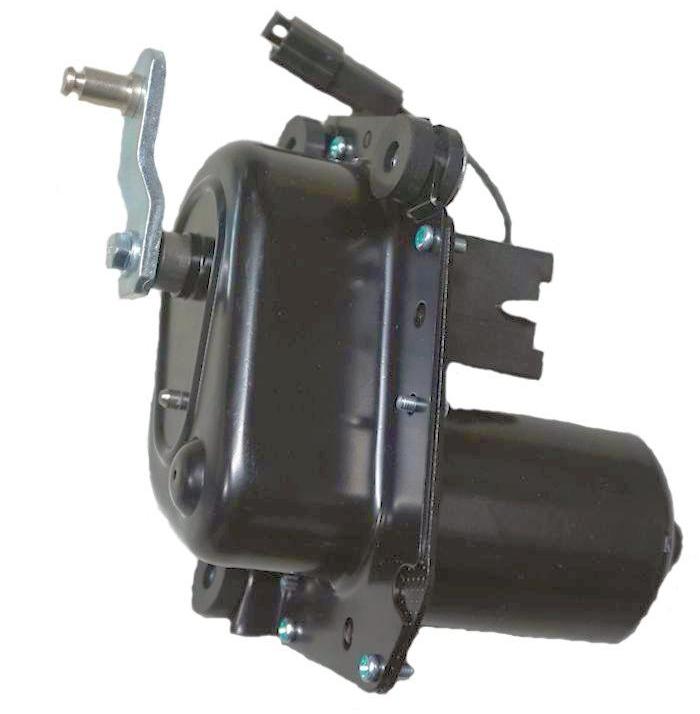 Here is the 1980 Ford truck wiper motor. It started off with all plastic gears. Those broke in testing, so they had to make a few gears out of metal, so now the cost savings was a penalty. Once we got it in a prototype cab, the noise problem appeared.  The 1979 design worked fine, but did have several problems. The "pigtail" wires coming out of it were used by assembly workers to carry 5 or 6 motors when they got behind on the line. The loose connector also had to be restrained so that it did not rattle when you were on rough roads. There was also a ring terminal needed for a ground. The 1980 design had a direct connection and no ground wire. |
 |
  |
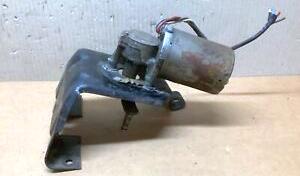 Another problem with the 1979 design is that it needed a goofy bracket to mount in the cowl, a needless expense we eliminated in 1980. 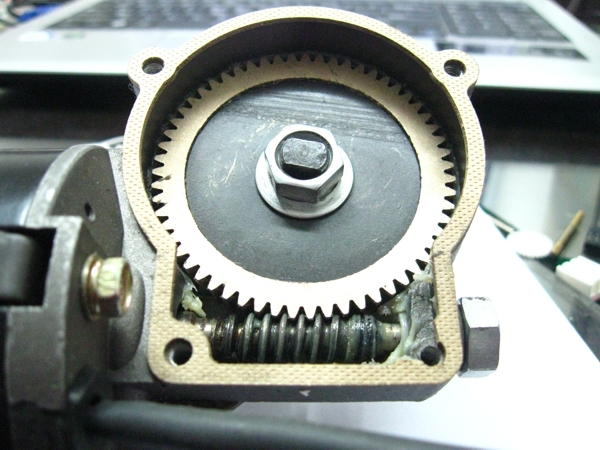 This worm gear is not the 1979 motor, but a similar one. I remember we might have been able to get away with a plastic driven gear. Ford product planners and finance whiz kids loved plastic. I once had one come into my group and I had to spend an hour patiently explaining why we could not make the wiper motor itself out of plastic. He looked at me like I was conning him when I said that you need a ferrous metal housing since it is part of the magnetic circuit of a dc motor. My co-workers marveled at my patience. The great thing about a worm gear is that it can get a large speed reduction in a small package. It also will not "back drive". It resists being turned by outside forces trying to rotate it. A parked motor stays parked. You can see the risk, a new cab body, new motor, new location. |
 |
  |
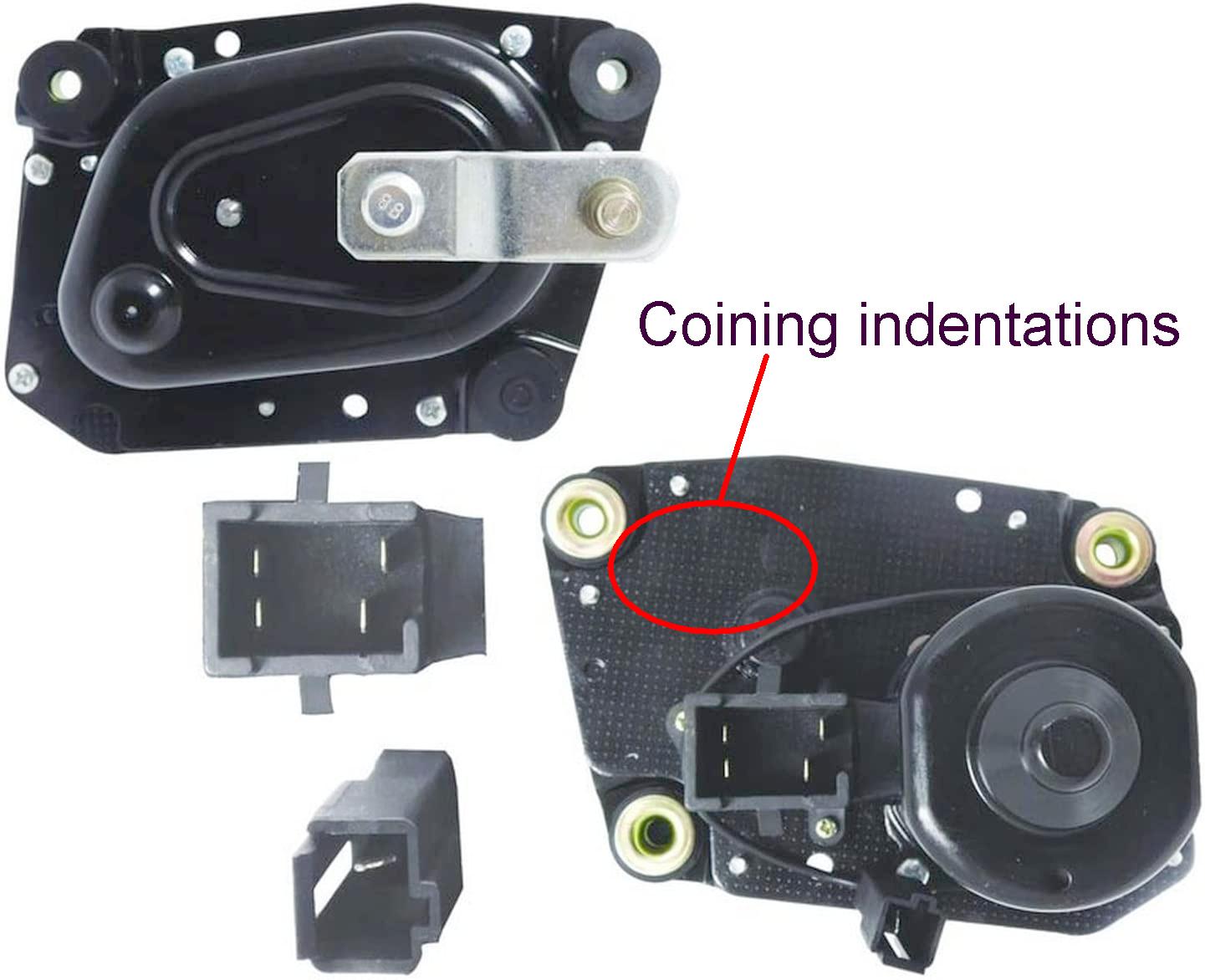 Even on bench testing we saw the motor had huge problems. MaximBroenum torque for a wiper is not a dry windshield. It is a damp-dry windshield. When tested like that, the plastic gears broke. We put in a couple metal gears. Even on bench testing we saw the motor had huge problems. MaximBroenum torque for a wiper is not a dry windshield. It is a damp-dry windshield. When tested like that, the plastic gears broke. We put in a couple metal gears. Then in the truck, the motor was very noisy This was because the idiots that designed this thing counted on keeping precise center-to-center shaft distances across a bent sheet metal housing. You can see tiny dots on the plate in the right view. That was a coining operation we had to add to make sure the plate was dead-flat. I wanted to use a cheaper Nippondenso motor, but our motor was made by Ford in the Ypsilanti plant, and there was no changing it. 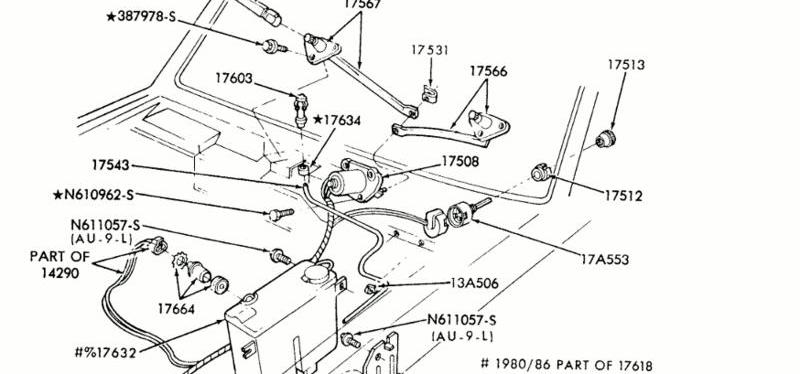 I remember the packaging of the wiper motor being inside the cab when we started out in 1977. That made the noise problem way worse. When I look at literature, I see we must have moved it outside before the launch. You can imagine how expensive that was. Sheet metal tools scrapped, wiring harness redesigned, and way more work for everybody. |
 |
  |
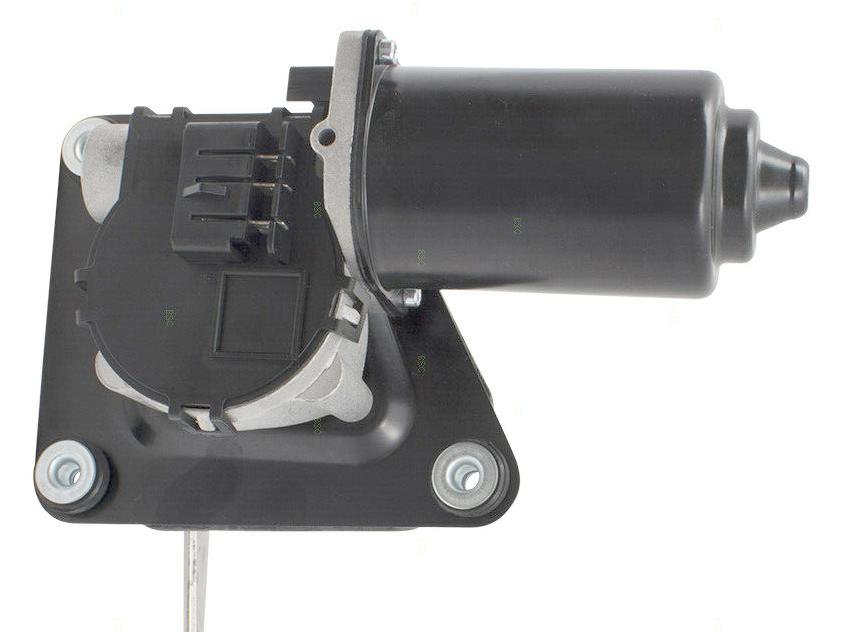 Here is a 1987 Ford truck windshield wiper motor. They had gone back to the worm-gear design. The precise die casting that locates the motor and worm gear also locates the driven gear. That, plus the fact it is not a spur gear train, make the motor strong, quiet, and dependable. Here is a 1987 Ford truck windshield wiper motor. They had gone back to the worm-gear design. The precise die casting that locates the motor and worm gear also locates the driven gear. That, plus the fact it is not a spur gear train, make the motor strong, quiet, and dependable.Note that a wiper motor does not reverse directions to oscillate the wiper blades. The little linkage arm on the motor just rotates the linkage over-center and that is how you make the wipers go back and forth. There is a switch inside the motor so that it stops in the park position. Old GM motors with retractable blades did reverse the motor to pull the blades down under the hood. One problem with automotive design is that you can't slip the schedule for any reason. Once the launch date is decided years in advance, those cars and trucks will roll down the assembly line, no matter what. The metal gears, the coining operation, the extra inspection, and the higher scrap rate did add to the cost of this motor. But the real killer is that all those changes and testing took lots of time. That is why we had so many engineers. There were three Body and Electrical Product Engineering (BEPE) guys on the dome lamp, plus me. This was because Henry Ford and the customer touch the dome lamp, and it had to be right. |
 |
  |
This post is in these categories: |  |
  |